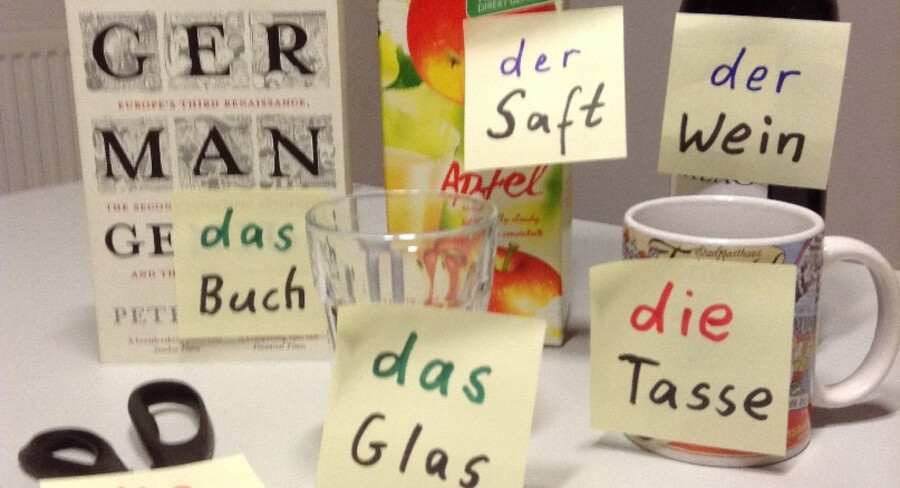
As a user, you are provided a German phrase with a blank in it, and the complete translation in English without the missing word.
#German grammar app free#
Price: Free with options for paid subscriptionsĬlozemaster uses a fill-in-the-blank model to teach German. Even the most final units don’t go very in-depth, as the app is focused more on learning conversational German. There are parts where vocabulary is presented without valuable information like what part of speech it is because it expects you to be a beginner, and it doesn’t want to overwhelm you. In terms of Duolingo’s viability as specifically an intermediate German app, I’d say it does a decent job. It also means it can be obnoxious if you forget to open the app for a day, as it reminds you that you lost your streak or are behind in your learning etc. Duolingo makes an effort to build a language learning habit, especially if you’re a competitive or goal-oriented person. At set points in the story, the reading will pause and provide you with a reading comprehension question (usually multiple choice) and the question will also be posed in German.īoth stories and lessons provide the user with “experience points” which contribute to achieving goals, streaks, and competing with other users in the leaderboards. You can click on any German word that you don’t know for the definition, but there is no translation appearing simultaneous to the German text, so it’s a listening exercise. Stories is a newer mode in which voice actors read a story aloud to you in German, as the text appears on the screen. Lessons are the older and more interactive mode of learning, in which you are prompted with multiple choice questions, asked to construct a set German phrase out of a word bank, translate a phrase to or from German, type out what you hear, or repeat a German phrase aloud. There are two modes of learning: Lessons and Stories. Price: Free (with an option for a paid subscription at $6.99 per month)ĭuolingo, one of the more well-known language learning apps available, turns language learning into a game complete with competitions, rewards, different levels of difficulty, fun-to-look-at graphics, and more. So if you are interested in why certain words are said the way they are, or why phrases are ordered in a certain way, Mango can help with that.Īs an intermediate German app it’s not very fun, as the lessons are equivalent to what you might encounter in a classroom, but it does a good job at focusing on speaking and conversational German skills while also teaching grammar and a touch of culture. Mango also sprinkles in grammar explanations between vocabulary and speaking exercises, and I found them both cogent and concise. This makes it an excellent intermediate German app if one of your big goals is to make your pronunciation sound native! There is no microphone input for the app to check if you give the correct answer - you have to use the honor system - but there is an option to compare a voice recording of yourself to a native German speaker speaking the answer so you can make sure your pronunciation is correct.

#German grammar app series#
The lessons are essentially a series of voice-acted slides or flashcards in which the app will ask you how something is said in German or what a German phrase means and you are given a time limit in which to speak your answer aloud. Mango feels like a more in-depth German app as it begins each lesson by describing the learning goals and outlining what the lesson will cover, unlike a lot of other apps that just jump right in. Mango Languages German lessons is an intermediate German app that focuses primarily on German-speaking skills by walking you through phrases in small chunks and then putting them together.

Price: Starting at $7.99/month (but often you can get it through your local public library, so check there first) (Photo by Arthur Lambillotte) Mango Languages What are the top intermediate German apps? Well, I took a look at a few and took note of their strengths and weaknesses when it comes to advancing German learning for an intermediate student. Now the only issue is there are a lot of apps to choose from and a lot of them only cater to beginner learners. No more trying to fit classes, online or in-person into our schedules, or hauling a German handbook around, now German is just a tap away. Not to mention, you can choose when and for how long you want to practice when using a German app. Thanks to language learning apps, learning German can be fun, easy, and on the go. Picking up German can be tricky, but we are lucky to live in a time when language learning isn’t consigned to classrooms, tutors, or dry, confusing textbooks.


 0 kommentar(er)
0 kommentar(er)
